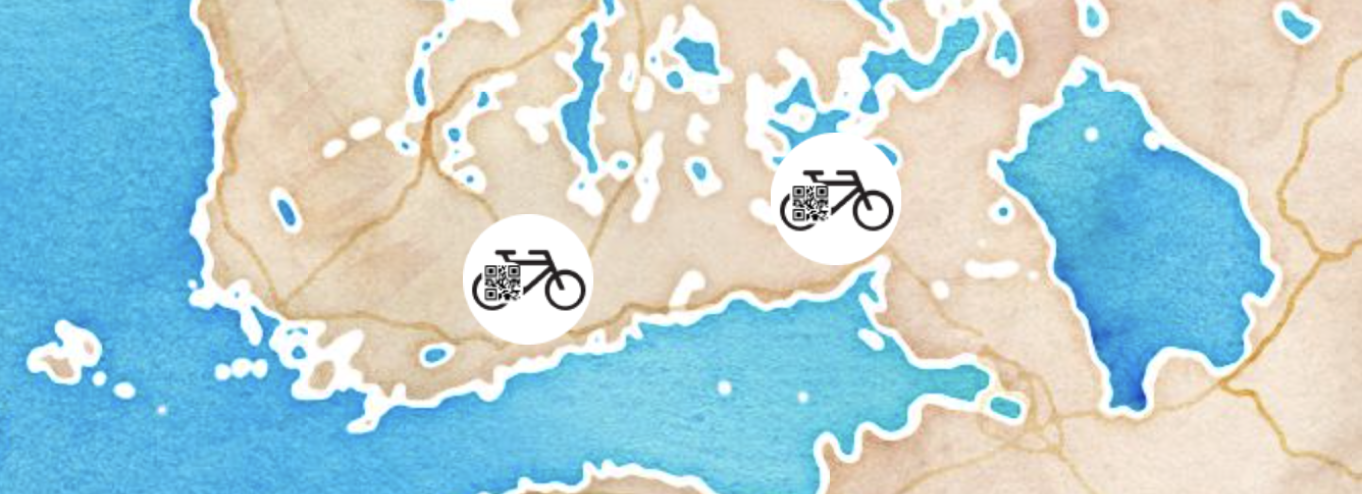
QR-pyörä
QR-pyörä on valtakunnallinen katutaideteos. Kyseessä on polkupyörä QR-koodeilla varustettuna, ja skannaamalla sen pääsee lisäämään tilannekuvan julkiseen galleriaan.
Projekti oli aloitettu hieman ennen Testausserverin varsinaista syntyä. Ensimmäisenä Mikael ja Toni olivat rakentaneet erikoisen näköisen polkupyörän ja koodanneet integraation Mikaelin silloin ylläpitämään kuvanjakopalveluun.
Myöhemmin kuitenkin syntyi uusia tarpeita. Kuvagallerian teknisessä toteuttamisessa oli parantamisen varaa ja myös Ruben oli kiinnostunut projektista. Ruben rakensi myös oman QR-pyörän Hyvinkäälle ja Mikael vielä toisen Lappeenrantaan. Mikael ja Ruben kehittivät yhdessä uuden verkkosivuston ja kuvagalleriajärjestelmän QR-pyörälle.

QR-pyörä 

QR-pyörä is a Finnish nationwide street art piece, that has large QR-code signs on sides of a bicycle. Scanning a QR-code takes a passer-by to a photo submission page, and after that it is up to them to figure out what to do. Read more about the project on its website (in Finnish) (qrpyora.fi)
This repository contains source code for QR-pyörä's background services and user interface.
Getting Started
$ git clone https://github.com/Testausserveri/qrpyora
Configuration
Copy .example.env to .env, and fill in the details. You'll mostly need just MySQL/MariaDB database credentials. The NOMINATIM_URL isn't really necessary for development, although some API methods such as adding location won't work without it.
Running Development Environment
This project is based mainly on three components:
- back-end (
backend/) - public front-end (
frontend/public/) - admin front-end (
frontend/admin/)
You must have backend running, but it is optional to have front-end running.
For instance, to develop front-end website, you'll want to have back-end and public front-end running simultaneously:
$ cd frontend/public/
$ npm install
$ npm start
$ cd backend/
$ npm install
$ npm start
Running in Docker
Copy .env and docker-compose.yml to your machine (no need to copy source code), and configure .env accordingly. In the docker-compose.yml, you may also want to change the frontend's exposed port (default 8080), in case you are running multiple services on your machine.
Run the following to bring the services up:
$ docker-compose up
Omistajat
Kontribuuttorit
Linkit
Tagit
Samankaltaisia projekteja

Testaustime
Tilastoi koodaamiseen käyttämäsi aika ja kilpaile kavereiden kanssa!

StegoSiili
Virallinen bottitoteutus Gen Z Hack Challenge -kilpailua varten
